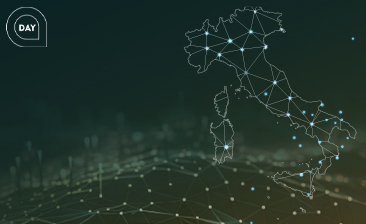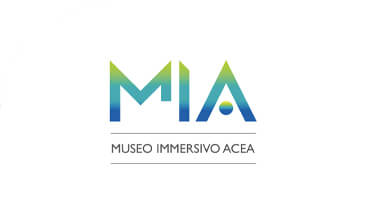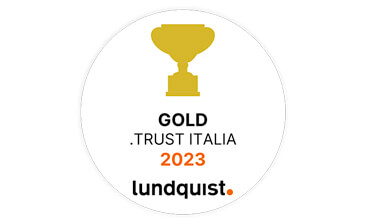
Acea for World Energy Saving Day
The decision caps tariff increases and introduces incentives for sustainability initiatives
The calculation method will apply to all Integrated Water Service providers
In December 2019, the Authority for the Regulation of Energy, Networks and Environment (ARERA) approved the new tariff calculation method for the Integrated Water Service (SII), applicable in 2020-2023.
In simple terms, these are the rules that will apply, from January this year, to calculate the cost of the aqueduct, sewage system and water treatment services.
It is worth reminding users that in their water bills they don’t pay for water as such, they pay for the cost of the activities necessary to collect the water from its sources, make it drinkable, take it to their homes, collect it after it has been used and depurate it.
Therefore, the tariff calculation method is the tool that establishes how much needs to be paid to meet the costs of the integrated water service based on consumption.
The new Water Tariff Calculation Method (known as MTI-3), approved following a long consultation period, proposed by ARERA among other actors (providers, local entities and consumer representatives) involved in SII all over Italy, introduces some novelties with the aim of overcoming the differences between North and South Italy. Additionally, it aims to cap increases; promote (and reward) environmental sustainability through circular economy, energy efficiency and water treatment; ensure water consumption efficiency; strengthen controls on the implementation of investments.
The new rules on water tariff calculations must be applied by anyone managing water services: therefore, companies as well as local entities (e.g. Municipalities) that manage the service directly. Everyone must calculate user tariffs based on the new rules.
Novelties include specific tools and controls that ensure that tariff increases are applied only after investments have actually been implemented or following certified service management improvements. Tariff increases will be capt based on two parameters: operational costs and proceeds per customer.
To promote the sustainability of the service, incentives aim to limit provider energy consumption; reduce the use of plastic; recover energy and materials (focusing mainly on sewage sludge treatment); promote reusing water for agricultural and industrial purposes.
Other incentives reward water consumption optimization (replacing water meters, regular real usage readings, etc.) and locally promoting the Supplementary Water Bonus (that complements the national Social Water Bonus), to protect vulnerable users.
A Strategic Works Plan will also be implemented to allow the entity than manages the territory (Ato5 in our territory) to identify complex infrastructural interventions – with a useful life of over 20 years – considered a priority to ensure the good quality of the service.
This plan, which aims to improve planning of necessary works, is structured as a timeline and includes the works scheduled between 2020 and 2027, highlighting any public funds available.
Discover the latest news and initiatives of the Acea Group

Acea for World Energy Saving Day

Visit the virtual museum about the history of the Acea Group

The channel for the commercial requests on land urbanisation

Acea turns the spotlight on the Rome Film Festival 2023

Acea is in the "Gold class" in the .trust research

Read more about our culture of inclusiveness